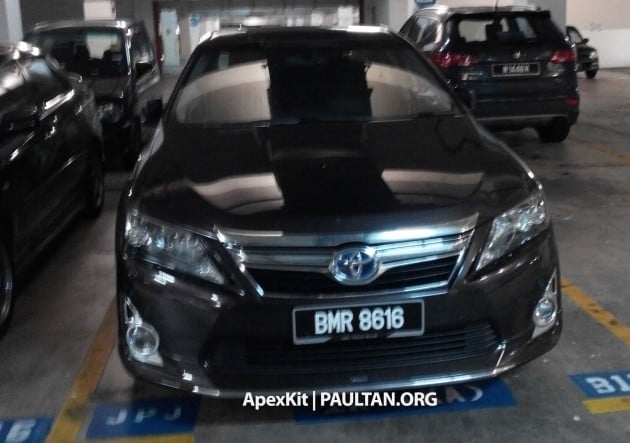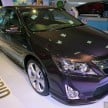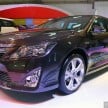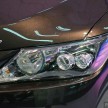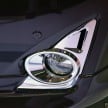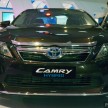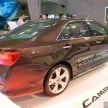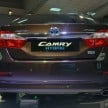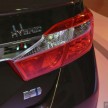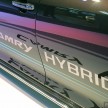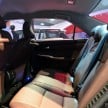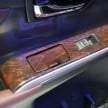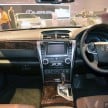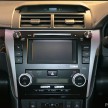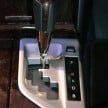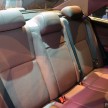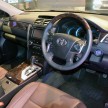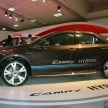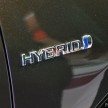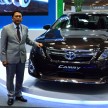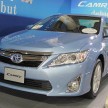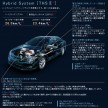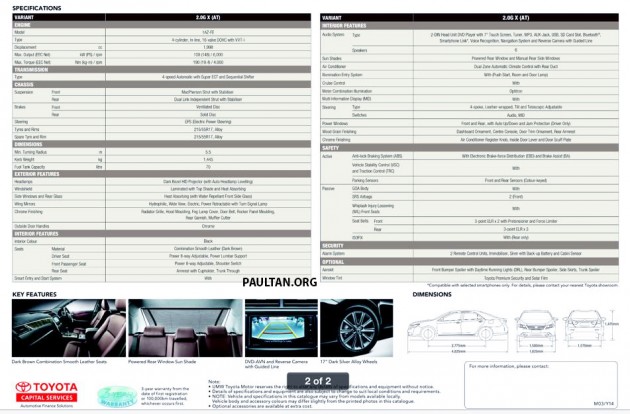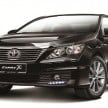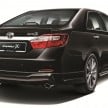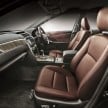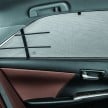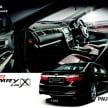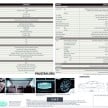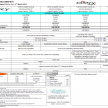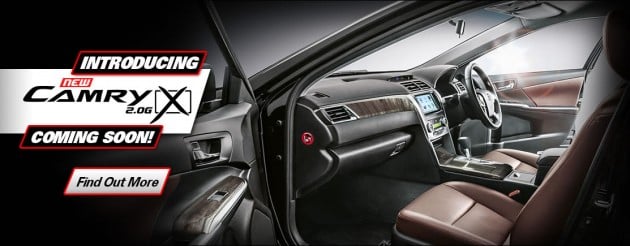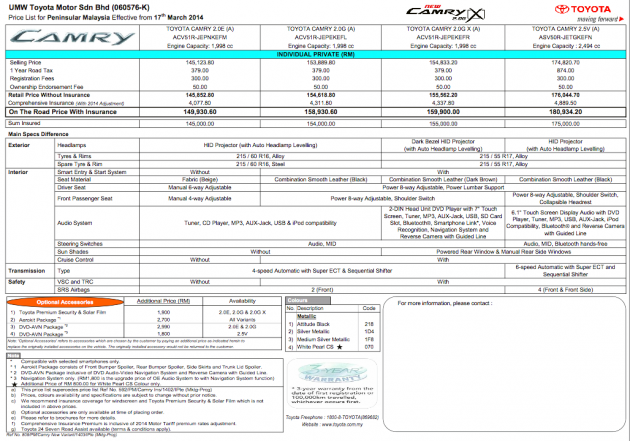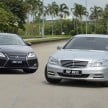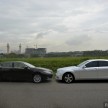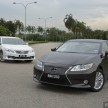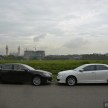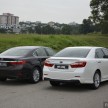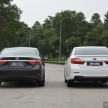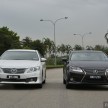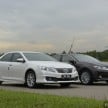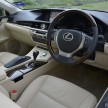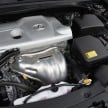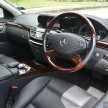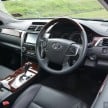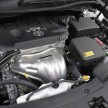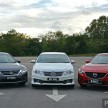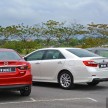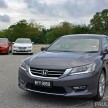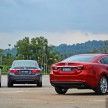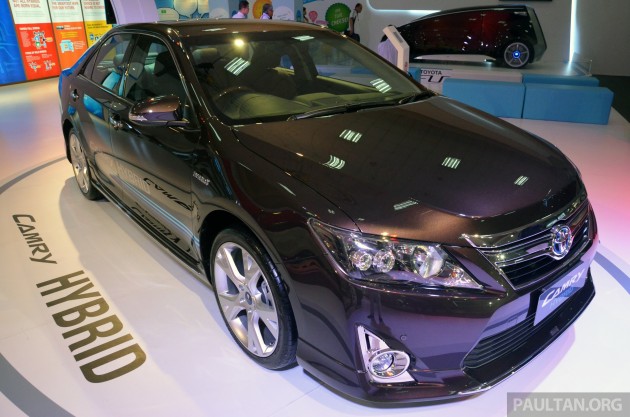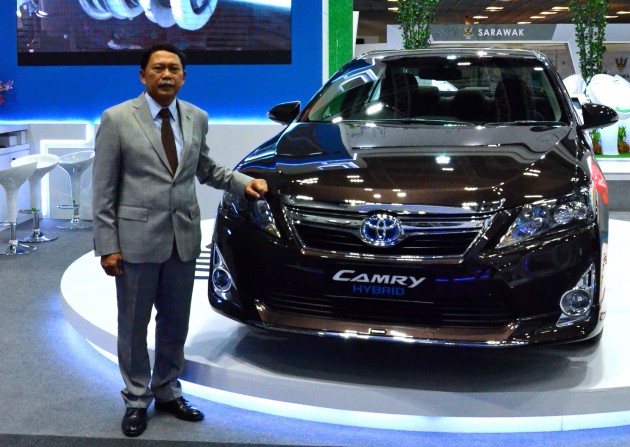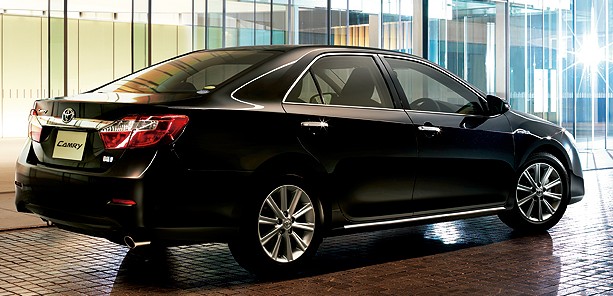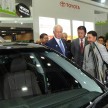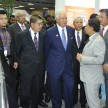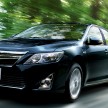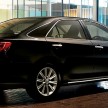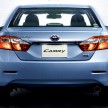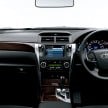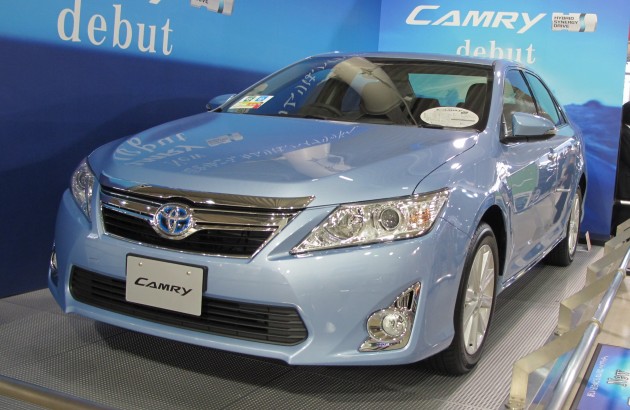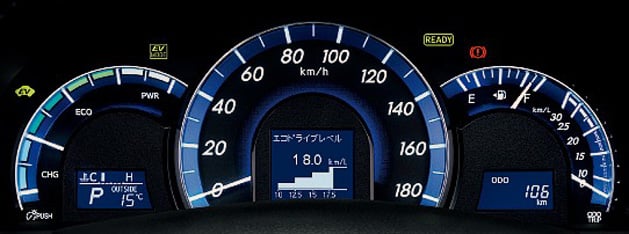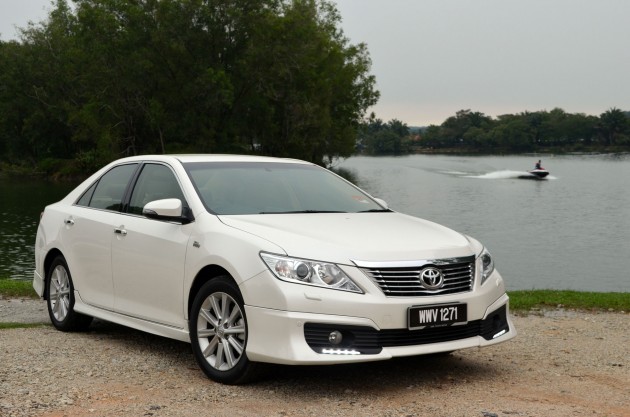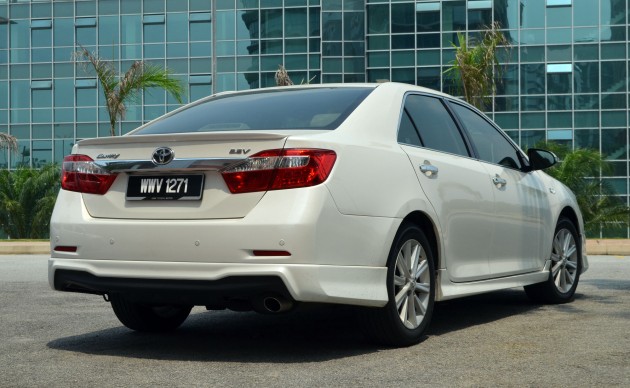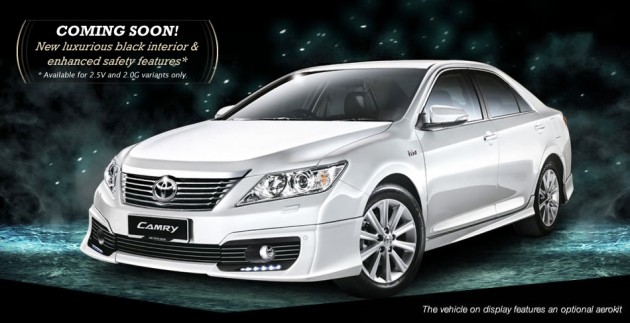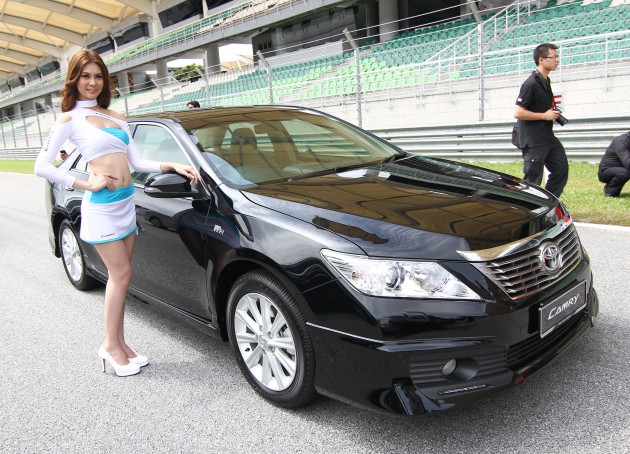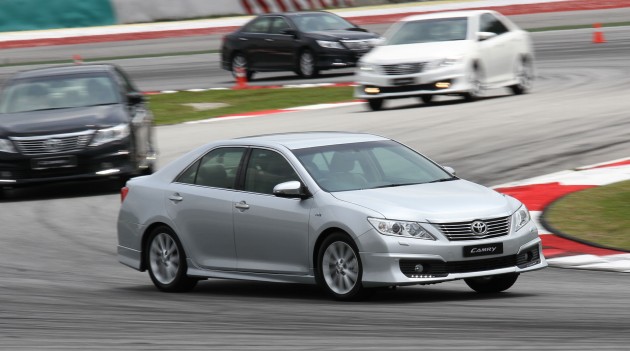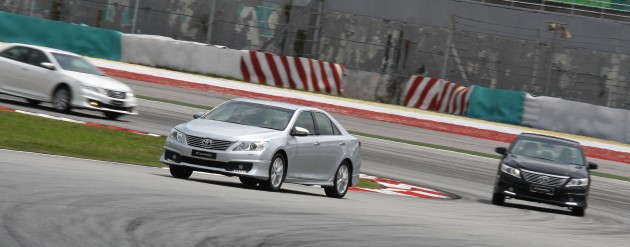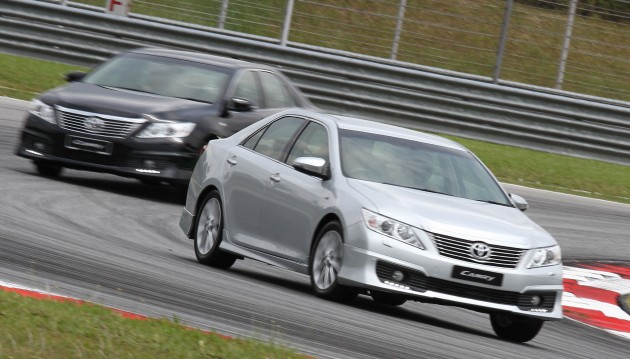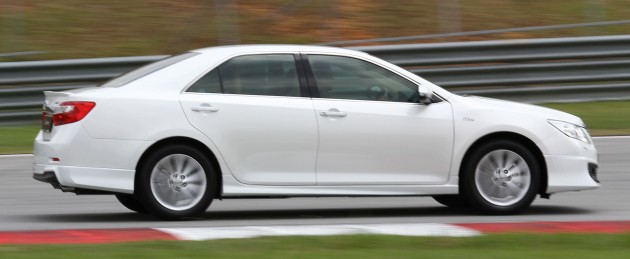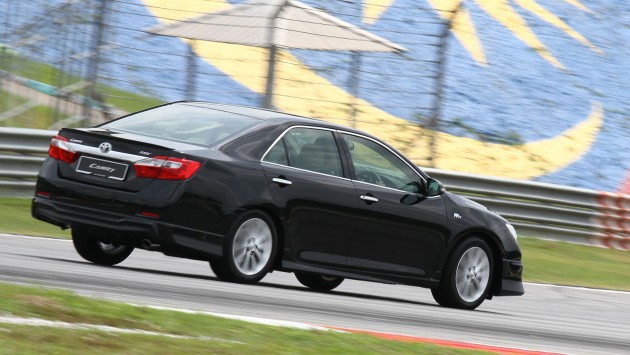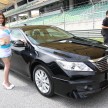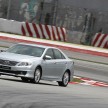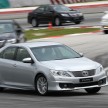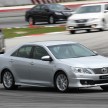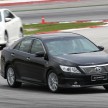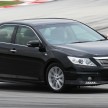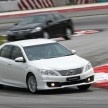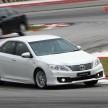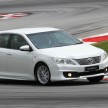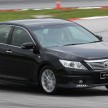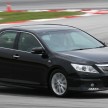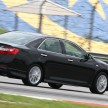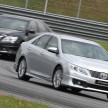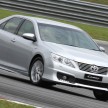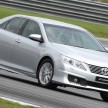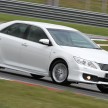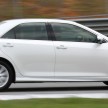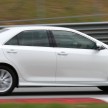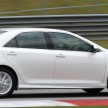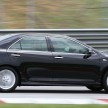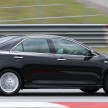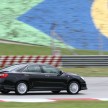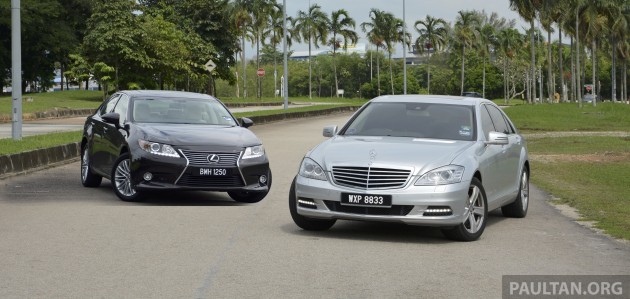
The way it is right now, moving up from the RM150k to RM200k range of sedans will take you into the realm of the entry-level BMW 3-Series, Audi A4 or Merc C-Class, with underdogs like the Volvo S60 coming in at that price range as well. These are cars that are all significantly smaller than the Camry/Accord segment, so while you are paying more, you end up with a smaller car.
To enjoy similar levels of interior length as what you are used to with a D-segment car, you’d have to move up to a car that’s significantly more expensive. When you talk about legroom, not even a 5-Series or an E-Class can beat a Camry or Accord – you’ll have to look at short-wheelbase S-Class or 7-Series territory, and those cars are priced from RM650k onwards, a massive jump from the RM150k to RM200k that people usually spend on a D-segment car.
This is probably why you see a lot of Camrys or Accords parked in huge multi-million ringgit bungalows – these owners do not want to spend that much money on a car, but there’s really nothing in the mid-segment that can offer a larger interior. It’s also probably why vans like the Alphard and Vellfire are so popular these days – for between RM250k to RM300k you can get a recond unit and get a big upgrade in interior space.
But let’s face it – as posh as they’re portrayed to be, Alphards are still essentially vans. The single-box interior usually means drab interior design and lots of sound intrusion from the rear-wheel wells. The tall roof also means driving dynamics are going to be far from what you’re used to in a sedan.
S-Class (left) and ES
The Lexus ES is based on the Toyota Avalon, a class of car larger than the likes of the Camry and Accord. Other cars in its class include the Ford Taurus, which is a size larger than the Mondeo. With the promise of an increase in interior space over a normal D-segment sedan, the Lexus ES is an interesting proposition, and one that we wonder why no one else has followed just yet. Perhaps Ford will make a right-hand-drive Taurus with the next generation? Doesn’t seem impossible, since the Mustang is a global car now.
Because of its large interior, I set out to find out if an ES could be a credible alternative to spending significantly more money on a car in the S-Class segment. The evaluation is based on my physique – I am about 182 cm tall. The benchmark car in this case is a W221 Mercedes-Benz S300L facelift.
The focus is thus on space and comfort, since you couldn’t expect an ES to match the gizmos that could be found in an S-Class. We also had normal D-segment cars such as the Honda Accord and Toyota Camry as a comparison.
In terms of legroom, the already generous ES cannot match the S300L, but it does have better leg space than the short-wheelbase Merc. You’ll immediately miss the adjustable rear seat controls in the S-Class. It’s no huge loss though, as the standard seat incline is already comfortable. However, sitting in the typical boss’ position behind the passenger seat, I found that the leg angle isn’t as comfortable as the S-Class or even some D-segment cars with outstanding rear comfort, like the Accord.
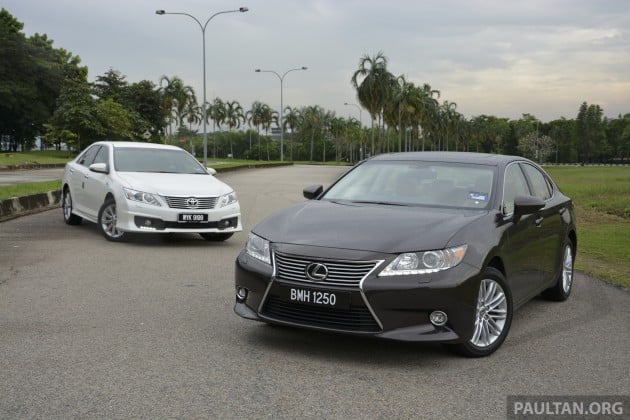
The space under the front passenger seat also seems to be a little restricted – you can’t tuck your feet under it as comfortably as the other benchmark cars, and the left side of the floor seems a little higher than the right side, making it an odd sensation. The end result is you have to keep your leg closer to a 90 degree angle than stretch it out comfortably.
In terms of rear bench width, the ES is much narrower than an S-Class and even somehow even feels slightly narrower than an Accord. Putting the armrest down in the ES resulted in the armrest touching my thighs while there was a lot of space to be found with the S300L’s armrest down. I noticed that the rear door panels seem to protrude a bit more into the cabin compared to the front door panels, resulting in a slightly narrower rear cabin compared to the front area.
Headroom is limited as well – sitting straight in the rear bench in an ES resulted in my hair scrubbing against the headliner; all you need is for the driver to go over a speed bump faster than usual and your head will hit the roof. The roofline also slopes towards the C-pillar, resulting in the possibility of further ‘encounters’ with your head as you get into the car. In the S300L, sitting up as straight as I could, I still had about seven fingers worth of space above my head.
Camry (left) and ES.
Other things I noticed was a lack of storage space in the rear door pockets. And the front door pockets had no lining in them, so they looked pretty cheap and felt even cheaper when items such as a Smart TAG was placed in them.
So yes, on paper the Lexus ES looks like a fantastic budget chauffeur car, perhaps even having the potential to write off cars like the S-Class as somewhat redundant and as a result, even more of a luxury than before, but a side by side comparison in reality will show you the differences. There’s really more to interior space and comfort than just legroom and wheelbase.
Still, it’s not a bad proposition if you’re not tall like me, and it’s a lot of metal for your money, significantly more than anything else you can buy in the RM250k to RM300k range. But for me, I’d rather be in the driver’s seat of the ES than in the back.
Read our review of the Lexus ES 250 and ES 300h here.
Lexus ES
Mercedes S-Class
Toyota Camry


